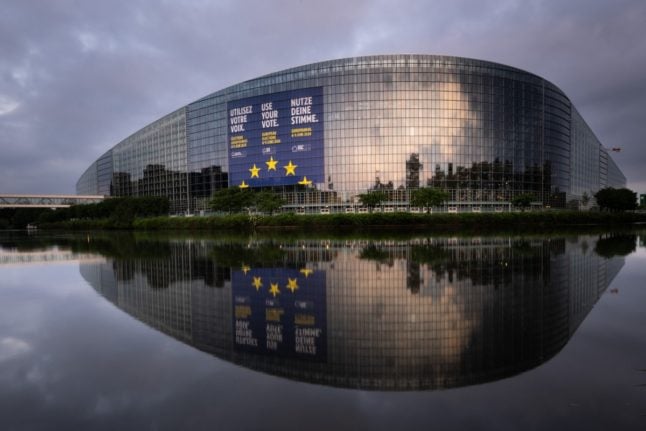The law aims to bolster the standing of Catalan, the official language in the 468 square kilometre statelet nestled in the mountains between France and Spain, where its use has dropped off in recent years.
Andorrans represent about half of the 80,000 population but there are 25,000 Spanish and many Latin American migrant workers with the Spanish language becoming the everyday language for many.
8 things you never knew about Andorra
About 3,000 people who have to renew their residency permits in 2024 will face the tests, and those who fail will have to take a 30-hour course in Catalan at a government centre.
The law also allows for fines to be imposed in some cases where Catalan is not spoken at a business or institution.
“The spirit (of the law) is to protect our language which is a sign of identity and sovereignty,” said Andorra’s Culture Minister Monica Bonell.
The law was passed by 25 votes to three with the small Andorra Endavant party voting against.
“We do not agree with these extremist fines if you do not speak Catalan. I think we are sliding towards a totalitarian state,” said Carine Montaner, head of Andorra Endavant.



 Please whitelist us to continue reading.
Please whitelist us to continue reading.
Member comments